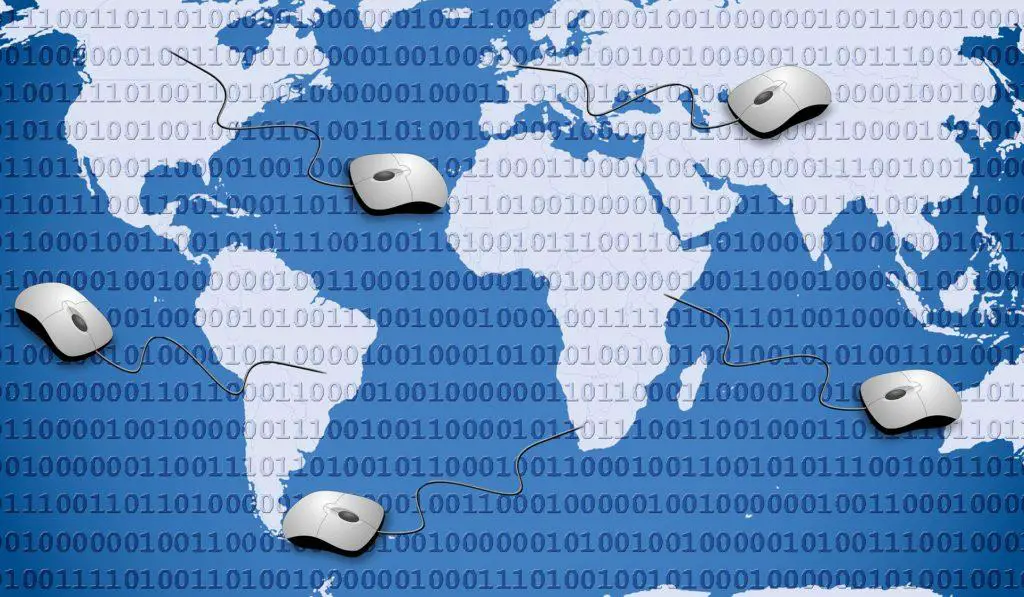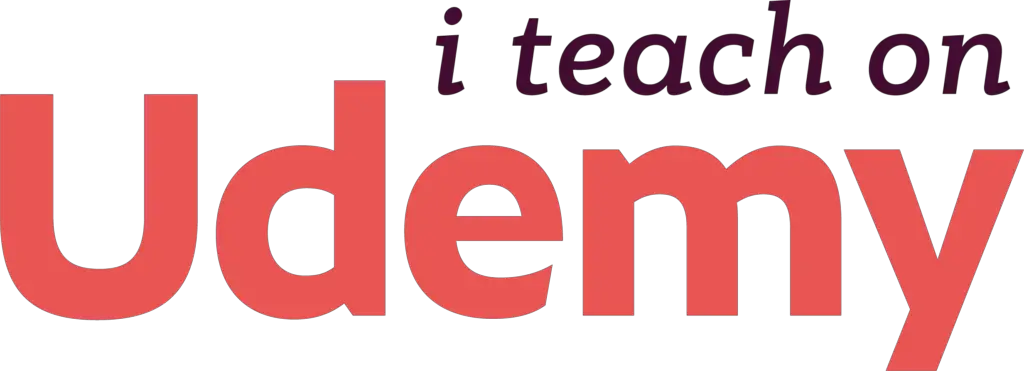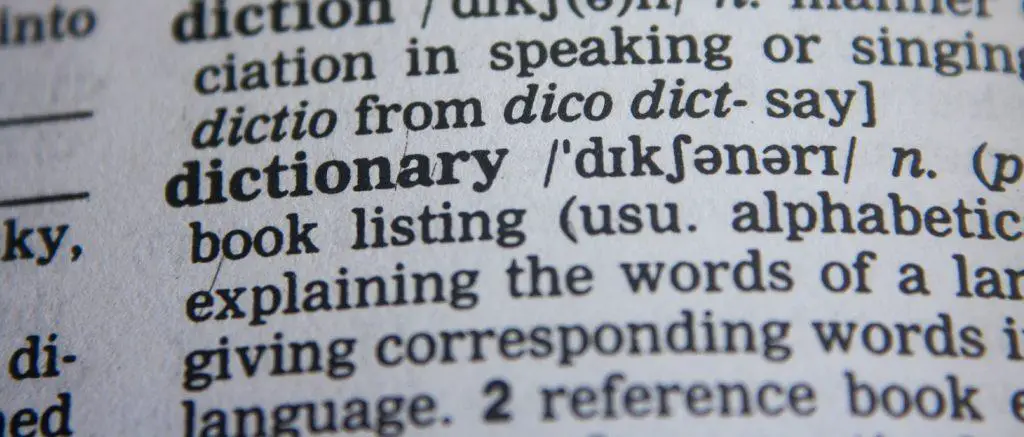How to say numbers in English – an introduction
The question of how to say numbers in English might seem to be a trivial matter. After all, numbers are just numbers (aren’t they?).
However, if you’ve read some of my other articles, you will not be surprised to find the word ‘context’ making an appearance.
Context?
For example, how would you say this number: 1845?
The answer is ‘it depends’. Are we referring to a year, the number of jelly babies in a bucket, or something else?
- the year 1845: we say ‘eighteen forty-five’
- a phone number: we say ‘one eight four five’
- the time of day: we could say ‘eighteen forty-five’ or maybe even ‘a quarter to seven’
- a number of items: we say ‘one thousand eight hundred and forty-five’
As I said earlier, ‘it depends’.
Let’s have a closer look at some more examples of how to say numbers in English.
The number that is 1 less than 1
I mean, of course, 0. I just wanted to be sure that it didn’t look like an O (capital o).
How do we say this number? Usually, it is pronounced ‘oh’ (like the word ‘owe’), but you will also see ‘zero’ used, especially in technical contexts. We say that binary has ‘ones and zeros’ and not ‘ones and ohs’, for example.
Older texts might use the word ‘nought’ for this.
For some reason, when sports results are being spoken about, especially football, the word ‘nil’ is used when no goals or points were scored. The written result 2-0 would be spoken ‘two nil’.
Another sport that uses a different word is tennis. In tennis, no points is called ‘love’, so 15-0 would be called ‘fifteen love’. Apparently, this is due to French origins, where the zero was thought to look like an egg, or l’eouf – and this got butchered by the English, resulting in ‘love’. Another possibility is that the player with no points is playing for the love of the game, not to win. Personally, I prefer the egg theory.
How to say years
Generally speaking, we split years into 2 parts and speak each part separately, as in the 1845 (‘eighteen forty-five’) example above.
There are a few exceptions to this, such as round numbers. We pronounce years such as 1800, 1900 etc. as ‘eighteen hundred’ and ‘nineteen hundred’, respectively. We don’t say ‘eighteen oh oh’ or ‘nineteen zero zero’.
The year 2000 does not follow this pattern and we simply say ‘two thousand’ (as opposed to ‘twenty oh oh’, or ‘twenty zero zero’). In fact, for 2001 through 2009, we say ‘two thousand and one’ through to ‘two thousand and nine’. After that, you will find both in use, so that ‘twenty twelve’ and ‘two thousand and twelve’ are both valid for the year 2012. After 2020, we revert to the standard and say ‘twenty twenty’.
As strange as it might be, for years like 1905, we tend to use the standard method and say ‘nineteen oh five’.
It seems that when all of this was being decided, they forgot to invite logic to the meeting.
Phone numbers
Giving someone your phone number is relatively straight forward. You just say the numbers as a string of single digits from left to right. So if your phone number is 2376451, you would say ‘two three seven six four five one’.
It only gets complicated if there are repeats, as in 23375. You could use the method above, but most people would generally say ‘two double three seven five’.
For 3 or more in a row, people get creative and say all sorts of strange things. If the phone number is 233345, you could hear ‘two three three three four five’, ‘two triple three four five, ‘two treble three four five’, ‘two three double three four five’ but for some reason, the ‘double three three’ variation is not used – this is because it’s not clear if we mean double 3, 3 (i.e. 3 threes in a row) or double 33 (which would be 4 threes in a row).
For 4 in a row, people either use the single string method, or say ‘double N double N‘, where N is the number that repeats. People rarely say ‘quadruple N‘, although it is not unheard of.
A quick comparison
If you think that this sounds odd, it is nothing compared to my confusion and amazement when I first saw Germans exchanging telephone numbers. They split the number into pairs and say each pair.
While this in itself isn’t strange, the German method for numbers above the teen range is to say the equivalent of ‘four and thirty’ for 34.
Again, nothing odd, but when I watched them writing down the number, my brain gave up. This is because Germans see the number 34 as a single entity and not 2 separate things. This means that when they say the number 34, they say ‘four’, but write 3. They then say ‘thirty’ and write 4. Seems very unintuitive at best, mind-curdling at worst.
When people in Germany gave me their phone numbers, my pen went backwards and forwards like crazy as each part was said, because when I heard ‘four’, I wrote 4, leaving a gap for the part that I had not heard yet. This in turn, confused and amused the Germans.
Larger numbers
The good news is that larger numbers do follow a certain logic, in that the most significant part is said first, meaning that we read the number from left to right (compare this to the German version above).
We group the numbers into groups of 3 and treat them as a group. This is probably best seen as a series of example.
- 238: two hundred and thirty-eight
- 1 238: one thousand, two hundred and thirty-eight
- 401 238: four hundred and one thousand, two hundred and thirty-eight
As you can see, the last 3 digits remain the same and are just added at the end. This concept still applies, as we increase the number of digits.
- 6 401 238: six million, four hundred and one thousand, two hundred and thirty-eight
- 236 401 238: two hundred and thirty-six million, four hundred and one thousand, two hundred and thirty-eight
- etc etc etc
The sequence continues from millions with billions, trillions, quadrillion, quintillion, …
How to say decimals
The general method for decimals is to say the whole number (using the method above for large numbers), then say ‘point’ (not ‘dot’!) for the decimal point, followed by the rest as a string of single digits from left to right.
Although we said earlier that ‘naught’ is somewhat old-fashioned, this is an area in which it is commonly used, namely when saying decimals, but only the whole number part.
Some examples:
- 12.37: ‘twelve point three seven’
- 423.75: ‘four hundred and twenty-three point seven five’
- 0.1: ‘naught point one’
- 1.01: ‘one point oh one’
- 29.95: ‘twenty-nine point ninety-five’
- 0.005: ‘naught point oh oh five’
The last example shows the way in which both ‘naught’ and ‘oh’ can be used together.
How to say sums of money
An exception to the decimals rule above is when we are talking about money.
The method for this is to say the whole number first, then the currency name, then any decimal part and optionally the decimal part name.
Some examples (compare with the decimal examples above):
- €12.37: ‘twelve euros, thirty-seven (cents)’
- $423.75: ‘four hundred and twenty-three dollars, seventy-five (cents)
- ₤1.01: ‘one pound, one (penny)’ (or ‘a pound and a penny’)
- €29.95: ‘twenty-nine euros, ninety-five (cents)’
People will often omit the units completely, if it’s clear that we’re talking about money and the currency is unambiguous. If we are in the Euro zone and someone asks what something costs, the answer will commonly omit the units entirely, resulting in an answer of ‘twenty-nine ninety-five’, in the last example.
How to say fractions
Fractions are usually not a problem. We say the number on top as a normal number and the units are the number on the bottom. However, the technical way to explain this is to say that the units part is not the cardinal – it’s the ordinal.
For the number 7, ‘seven’ is the cardinal, ‘seventh’ is the ordinal.
To refresh this quickly, we generally form the ordinal by adding ‘th’ to the cardinal. Exceptions are 1 (first, not oneth), 2 (second, not twoth), 3 (third, not threeth) and 5 (fifth, not fiveth). Eighth also doesn’t have two ‘t’s in it.
Saying fractions is now fairly straight forward, with only 2 exceptions, namely:
- 1/2 is not ‘a second’, but ‘a half’
- 1/4 is not always ‘a fourth’, but more commonly ‘a quarter’
Some examples, to show how this works:
- 2/3: ‘two thirds’
- 3/5: ‘three fifths’
- 27/43: ‘twenty-seven forty-thirds’
If there is a whole number part, this is spoken like the large numbers above, then the word ‘and’ and then the fraction.
Some examples:
- 7 1/2: ‘seven and a half’
- 12 3/4: twelve and three quarters’
- 3 2/3: three and two thirds’
- 5 5/5: ‘five and five fifths’
The last example is not mathematically beautiful, but is does illustrate the way to saying fractions.
How to say numbers in English – Summary
So now you know all about how to say numbers in English.
Have you experienced problems learning about numbers, or had an awkward discussion because you used the wrong form?
Please tell us about it in the comments area below.




I am surprised that you write Euro and other currencies with a capital letter. I learnt all currencies are written with a small letter.
Hi Rosalie,
Thanks for your comment.
I’m sure that when I was at school (some time during the last millenium :-)) we were told that ‘Pound’ is money and ‘pound’ is weight. Since then, I’ve only ever written currencies written as a proper noun- i.e. starting with a capital letter. Looking into this in more detail shows that this might not be the case and that currencies are now(?) written more as units, so no proper noun and in lower case. I guess you’re never too old to learn …
How to say percentage involving decimals, as for instance:
35.62%
a) Thirty five point sixty two percent
b) Thirty five percent point sixty-two
c) Thirty five percent point six two
Thanks in advance!
Hi and thanks for your question.
In this case, you treat it as any other decimal and add ‘percent’, so “thirty-five point six two percent”
Hello, nice article. What about a musical work? For example, Beethoven Opus 101, will it be
1) one – zero – one
2) one – oh – one
3) One hundred and one
Thanks in advance!
Hi Leonardo,
Good question! I’m not sure there is a definitive answer to this.
Of the three you suggested, I wouldn’t use the first one. Either of the other two seem ok to me.
Open to correction, of course.
What about transport numbers like buses and subways. I never know how to pronounce them. Should I say “bus five hundred and twenty” ou “bus five twenty” or “bus five two zero”? When asking where a specific bus stop is, I struggle.
Hi Béatrice,
That is a really good question. If the number is less than 100, we usually just say the number (e.g. ‘the number sixty-five bus’, or just ‘the sixty-five’). It only gets awkward when the number is 100 or more.
For number 278 as an example, people would either say ‘the two seventy-eight’ or ‘two seven eight’. I suspect that people will use the version that is easiest for them to say and I strongly suspect that there will be regional differences.